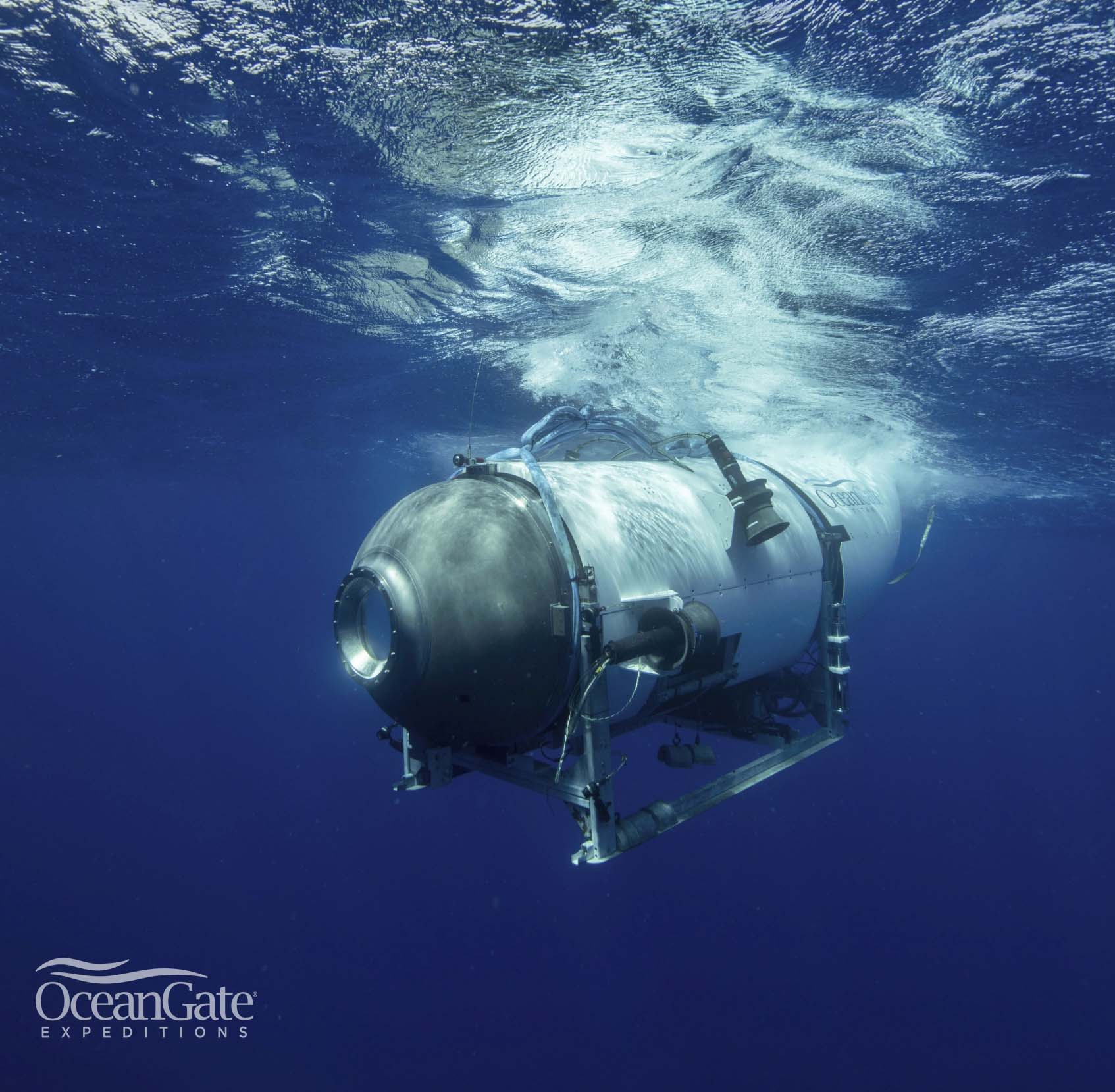Brendan Curry is a space policy consultant with 25 years of experience in Washington operations for the Planetary Society, Space Foundation and former Florida congressman Dave Weldon.
With the loss of the submersible Titan and her five passengers garnering round-the-clock media attention since it went missing June 18, those working in the emergent private space travel industry should pay close attention.
The final assessment and adjudication of this mishap in regulatory and legal spheres will clearly impact the direction of how private space calamities will be handled.
While the Titan, privately owned and operated by OceanGate Expeditions, was designed for exploring the deep ocean, there are similarities to crewed spacecraft. OceanGate offers once-in-a-lifetime opportunities similar to a growing number of private spaceflight experiences available to paying passengers. The Everett, Washington-based company’s board of directors includes former NASA astronaut Scott Parazynski, who join OceanGate’s inaugural expedition to the wreckage of the RMS Titanic in 2021.
For those new to this issue, travel into space by fee-paying private citizens first occurred in 2001 when wealthy American entrepreneur Dennis Tito paid some $20 million to fly to the International Space Station on a Russian Soyuz spacecraft. Much more recently, companies like Axiom Space, Virgin Galactic and Blue Origin have been making space jaunts with paying passengers onboard. While some of the few dozen individuals to earn commercial astronaut wings since 2021 have been contest winners or employees of the companies carrying out these missions, the paying passengers have been extremely well-off individuals.
That’s exactly the customer demographic OceanGate targeted with their excursions to visit the wreckage site of the RMS Titanic. In fact, one of the passengers aboard Titan, Hamish Harding, flew to suborbital space last year on Blue Origin’s fifth crewed New Shepard mission.
It should also be noted the methods of conveying such an experience are conceptually similar. Bespoke vehicles enduring unimaginable stresses in hyper-extreme environments are designed to be as safe as possible, but if something catastrophic occurs, the failure scenarios leave little room for a safe recovery for a crew aboard. The commercial space flight industry has already had losses of life. In 2007, an explosion during an engine test for Virgin Galactic resulted in three workers’ deaths. Then in 2014, Virgin Galactic suffered another fatal mishap when its VSS Enterprise suborbital spaceplane broke up during a test flight, killing one pilot and seriously injuring the other.
The general public understands the risk of spaceflight and has seen what can go fatally wrong. Roughly one in five Americans living today are old enough to have witnessed the Apollo 1 fire in 1967 and the very public losses of the Space Shuttle Challenger in 1986 and Columbia in 2003. Those were with people who were trained astronauts and knew full well, as did their loved ones, what was plainly at risk. Same for the Virgin Galactic calamities, where those involved were trained employees acutely aware of dangers. Two of the passengers of the Titan are a father and his 19-year-old son. Aside from being able to afford the Titan’s $250,000 tickets, they were summer tourists looking for a thrill.
Another grim and uncomfortable aspect of this dreadful event is the deployment of U.S. government assets, namely the U.S. Coast Guard, in the search for the Titan. At some point, there will be a morbid discussion about the recovery of those lost. How will that be done, if it can be? How long will it take? Is that a reasonable use of taxpayer money? What happens when there’s a private space mishap that strands paying passengers in orbit or on the moon? Will Space Force and NASA be expected to carry out search and rescue or recovery?
The public is used to lives being lost in the pursuit of such thrills as skydiving and mountain climbing. Going to the deepest parts of the ocean or into outer space on a commercial vessel is different. These undertakings are still novel enough to warrant widespread media attention, especially if something goes wrong.
Here ends the analogy between the deep ocean and outer space. No one in the deep ocean enthusiast community seriously advocates for human settlements at the bottom of the sea. Just about every space enthusiast, in contrast, pines for a future where normal, everyday people do call a private, off-world locale home.
In the weeks and months ahead, we will learn about the Titan vehicle, maintenance records, quality control mechanisms in place at OceanGate, passenger training and liability issues. Wrenching scrutineering will result in baleful findings.
Government regulators, private operators, insurance companies, lawyers and lawmakers should pay attention to how this deep ocean disaster plays out and take serious lessons learned for when the private space tourist industry eventually has its “Titan moment.”
If not, and the private human spaceflight community willfully avoids preparing for the worst, those of us who want to see human expansion into space will only have ourselves to blame for a lack of morose-yet-honest imagination, steely preparedness, adamantine resilience and enriching progress.
